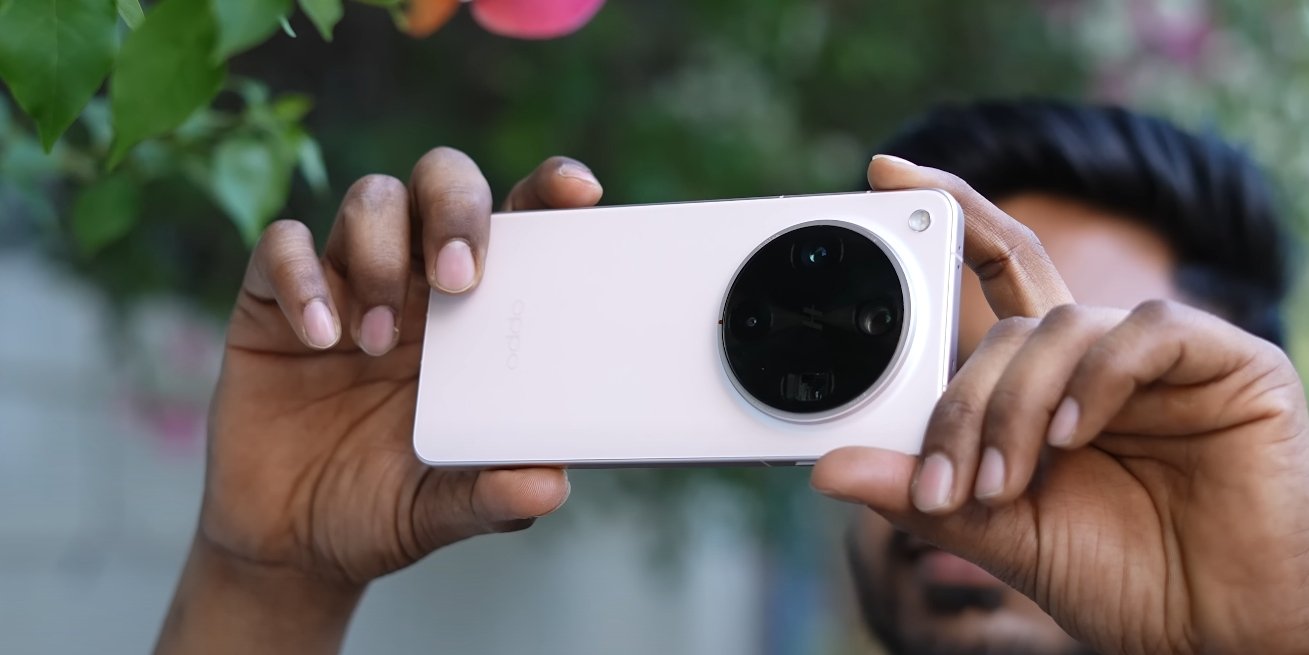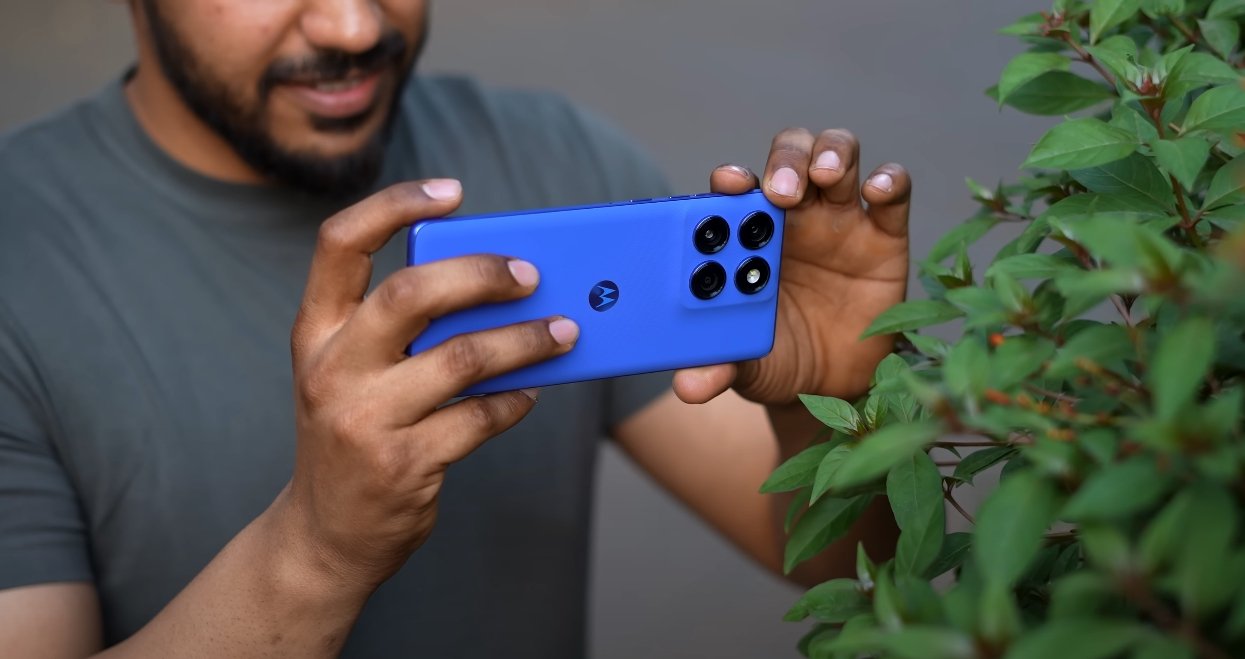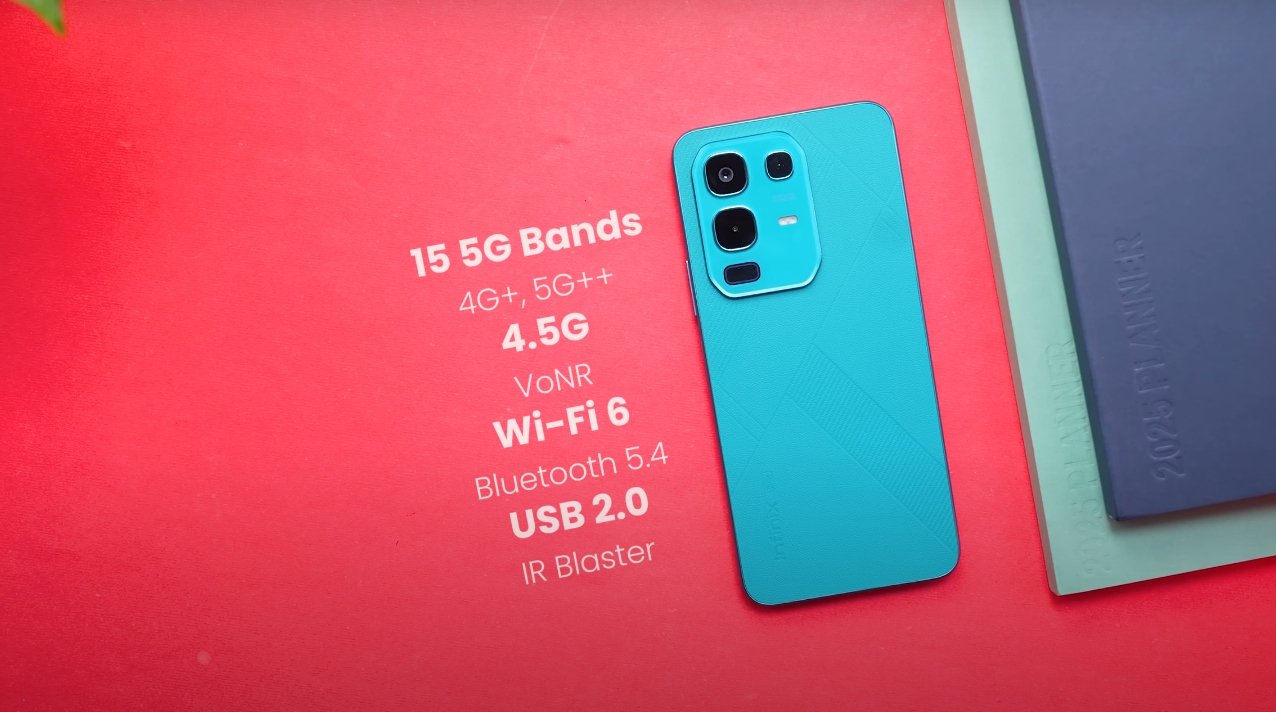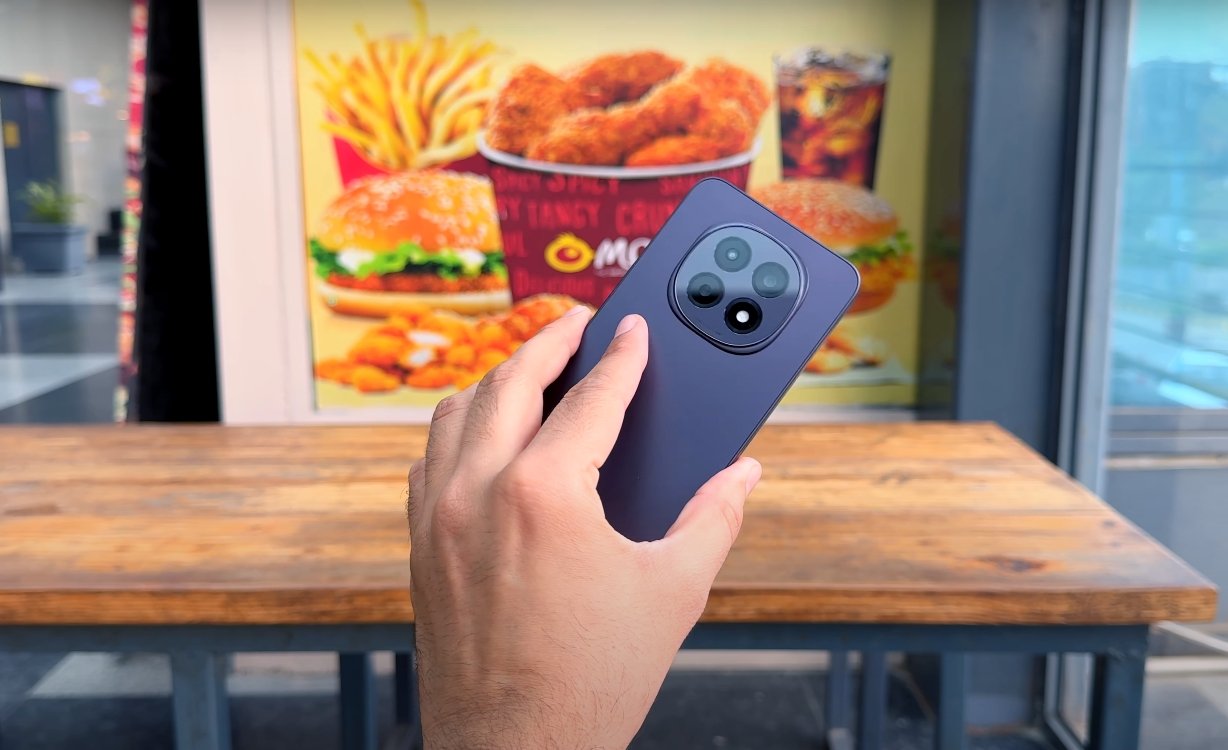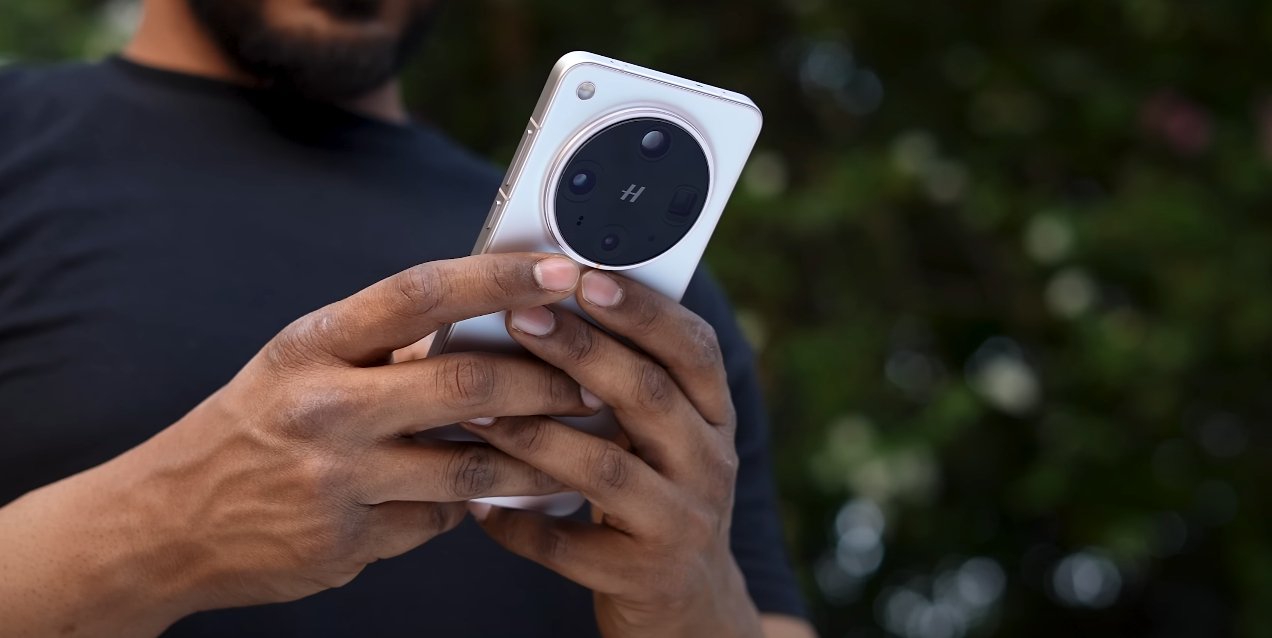Flagship Camera Showdown in Real-World Photography
The Oppo Find X8 Ultra and Samsung Galaxy S25 Ultra represent the pinnacle of mobile camera technology in 2025. Both flagship smartphones promise professional-grade photography, advanced image processing, and versatile zoom capabilities. Yet, despite similar ambitions, their approaches to image quality differ in execution. Oppo focuses on optical precision and natural tones, while Samsung emphasizes high resolution, computational enhancement, and balanced results across lighting conditions. A closer look at their real-world image performance reveals which one delivers a better photographic experience.
In daylight, both phones capture stunningly sharp images with impressive clarity and dynamic range. The Galaxy S25 Ultra’s 200MP main sensor captures incredibly detailed photos, allowing users to crop or zoom into images without noticeable loss of quality. Its high-resolution mode produces crisp textures, especially in landscapes and architectural scenes. The Oppo Find X8 Ultra, on the other hand, uses a 50MP 1-inch sensor that captures more light per pixel. Despite fewer megapixels, Oppo’s larger sensor area delivers superior depth, contrast, and color consistency. Photos taken with the Find X8 Ultra look more organic, with smoother gradients and natural exposure transitions.
Color science plays a key role in how both phones interpret real-world scenes. Oppo’s images are slightly warmer and more vibrant, emphasizing natural skin tones and lively outdoor colors. The Find X8 Ultra delivers images that pop without appearing oversaturated, making them ideal for both professional editing and direct social media sharing. Samsung’s Galaxy S25 Ultra maintains a more neutral tone with balanced whites and controlled highlights. Its HDR engine is highly refined, recovering details in shadows and bright skies with remarkable consistency. However, Oppo’s sensor-based HDR often produces more depth, especially in tricky lighting where strong sunlight and dark shadows coexist.

Zoom performance marks one of the biggest differences between the two flagships. The Oppo Find X8 Ultra features dual periscope lenses offering 3x and 6x optical zoom, creating crisp results across a wide focal range. This dual setup ensures that medium- to long-distance shots retain clarity, with minimal digital enhancement. Oppo’s optical hardware captures fine textures like fabric, foliage, and building patterns even in distant subjects. Samsung’s Galaxy S25 Ultra includes a single 5x periscope lens backed by digital zoom algorithms. While its hybrid zoom reaches farther, Oppo’s optical zoom quality remains cleaner and more detailed at real-world magnifications. At 10x and beyond, Samsung’s image processing introduces some softness and digital noise, while Oppo retains better sharpness in well-lit environments.
Low-light photography further amplifies the difference in hardware design. Oppo’s 1-inch main sensor demonstrates its advantage here, capturing brighter, more detailed night scenes without excessive noise reduction. The Find X8 Ultra preserves subtle textures and accurate shadows, making its night photos look closer to what the human eye sees. Samsung performs admirably too, with strong AI-based night mode processing, but its smaller sensor size results in slightly flatter tonal transitions. The S25 Ultra brightens dark areas effectively, though at the cost of fine details and a touch of over-smoothing. For users who value a more natural nighttime aesthetic, Oppo’s results are often preferred.
The ultra-wide and macro capabilities of both devices are impressive, but Oppo’s lens system maintains consistency across all focal lengths. The ultra-wide shots from the Find X8 Ultra display even exposure and reduced distortion at the edges, while Samsung’s ultra-wide lens occasionally exhibits corner softness and chromatic shifts. Oppo’s lens calibration also ensures color accuracy across all sensors, resulting in cohesive image sets regardless of zoom level or perspective. Meanwhile, Samsung’s macro focus produces detailed close-ups but sometimes struggles with focusing transitions under artificial lighting.
Portrait photography shows how each brand defines its visual identity. Oppo’s Find X8 Ultra excels with natural bokeh, accurate skin tones, and refined edge detection. Its depth mapping creates realistic background blur without oversoftening facial details. Samsung’s portrait mode delivers brighter and more stylized results, often favoring a clean, processed look. While both are excellent, Oppo’s optical system produces portraits that feel closer to DSLR quality, while Samsung’s are more tuned for instant shareability and enhanced color appeal.
Video performance is another area where both flagships deliver strong results. Samsung’s image stabilization and color consistency make it ideal for casual video shooters who want smooth footage in any lighting. Oppo, however, offers superior low-light video recording thanks to its larger sensor and advanced HDR video capabilities. The Find X8 Ultra captures cinematic footage with rich tones, better depth, and minimal flickering under artificial lights.
Ultimately, the image quality battle between Oppo Find X8 Ultra and Samsung Galaxy S25 Ultra comes down to preference. Samsung’s S25 Ultra offers unmatched resolution, exceptional HDR, and reliable processing that appeals to users who prefer a balanced, bright look across all scenes. Oppo’s Find X8 Ultra, however, delivers purer optical quality, deeper contrast, and a more natural photographic feel. In real-world conditions, Oppo’s larger sensor, dual zoom lenses, and precise color rendering often give it an edge for enthusiasts and professionals seeking authenticity in their images. Both phones stand as powerful camera systems, but Oppo’s approach to optics and realism makes it slightly superior in capturing life as it truly appears.
